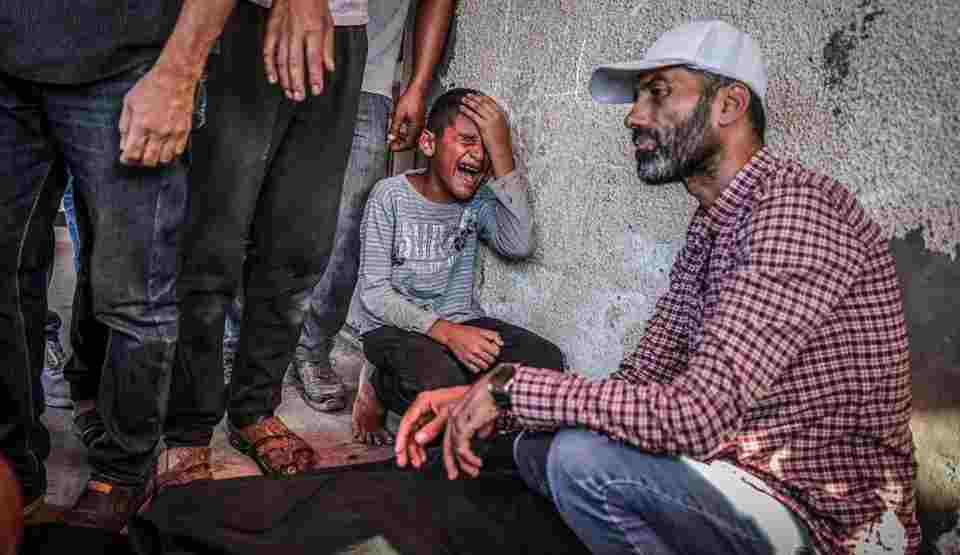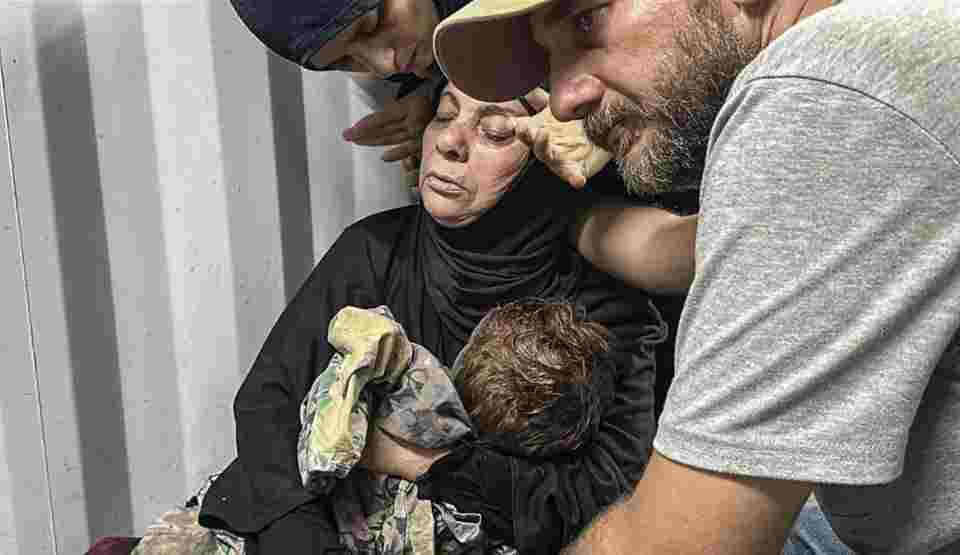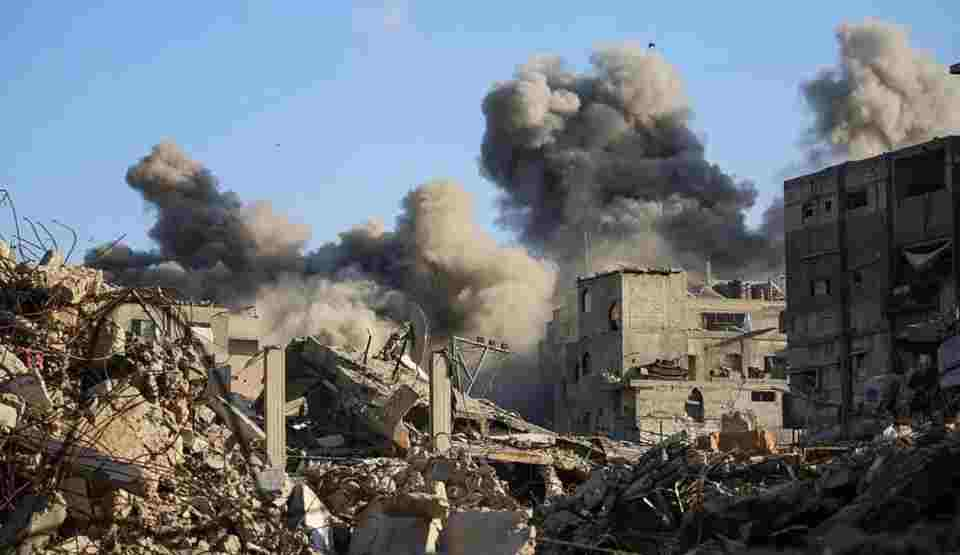Israeli forces announced they would reinstate the Gaza ceasefire Sunday evening after conducting extensive air strikes that killed 44 people, according to hospital sources, in what Israel described as retaliation for attacks on its soldiers.
The escalation began when Israeli troops came under fire in Rafah, southern Gaza, resulting in the deaths of two soldiers—Major Yaniv Kola and Sergeant Itay Yavetz. The military reported that militants fired an anti-tank missile and gunfire at forces working to dismantle what it called terrorist infrastructure in the area.
Hamas’s military wing, the al-Qassam Brigades, denied involvement, stating it had lost contact with fighters in Rafah since hostilities resumed in March and was unaware of any clashes in Israeli-controlled zones.

By evening, after striking what it described as Hamas targets throughout Gaza, the Israel Defense Forces announced it had “begun renewed enforcement of the ceasefire” and would respond firmly to future violations.
Violence Tests Fragile Peace Deal
The Sunday attacks marked the bloodiest day since the US-brokered ceasefire took effect on October 10. That agreement, which brought together world leaders in Egypt under President Donald Trump’s initiative, called for an immediate halt to fighting, partial Israeli troop withdrawal, and increased humanitarian aid.
Under the deal’s terms, Hamas released all surviving hostages plus the remains of 12 deceased captives. In exchange, Israel freed 250 Palestinian prisoners, 1,718 Gaza detainees, and returned 15 Palestinian bodies for each set of Israeli remains.

The strikes hit multiple locations across Gaza. In Khan Younis, residents reported at least 12 air strikes creating what witnesses described as a “fire belt,” sending smoke plumes over the city and causing panic among displaced families. Central Gaza saw attacks on a seaside café in al-Zawaida and a building in Nuseirat, killing nine people. Among the dead was Yahya al-Mabhouh, commander of Hamas’s elite Jabalia Battalion unit—representing one of the group’s most significant losses since the ceasefire began.
An air strike on a school sheltering displaced families in Nuseirat killed four people, including women and children, according to medical staff at Al-Awda Hospital.
Competing Narratives and Internal Tensions
The incident’s origins remain disputed. A local source told the BBC that Hamas fighters clashed with members of Abu Shabab’s Popular Forces—a rival armed group that Hamas accuses Israel of supporting—in Israeli-controlled southeastern Rafah. Israeli tank fire reportedly surprised the militants, triggering a firefight before warplanes struck the location.
An Israeli military official rejected this account, claiming “at least three incidents” of Hamas firing at troops positioned behind the designated buffer zone, insisting the attacks were unrelated to internal Palestinian conflicts.
Hamas has accused Israel of backing criminal gangs and looters operating in Israeli-controlled areas, undermining the militant group’s 18-year governance of Gaza. The ceasefire agreement requires Hamas to surrender its weapons to eliminate any threat to Israel.
The State Department added another dimension, saying it had “credible reports” that Hamas was planning an imminent attack on Gaza civilians—a claim Hamas firmly denied. Such an attack would constitute a “direct and grave” ceasefire violation, American officials warned.
Previous violence erupted last week when clashes between Hamas security forces and armed members of the Dughmush family in Gaza City killed 27 people. President Trump has cautioned Hamas against killing civilians, writing on Truth Social that continued violence “was not the Deal” and warning of consequences, though he clarified no US troops would deploy to Gaza.
Diplomatic Efforts to Salvage Agreement
Trump envoy Steve Witkoff and presidential son-in-law Jared Kushner are expected in Israel soon as American officials work to preserve the fragile peace. Hamas warned that Israeli strikes could “push the situation toward a total collapse,” though the group maintains its commitment to the ceasefire while accusing Israel of violations.
Israeli forces currently occupy and control over half of Gaza. The military’s Sunday statement about resuming ceasefire enforcement did not clarify whether an earlier suspension of aid entering Gaza had been lifted. The conflict began with Hamas-led gunmen attacking southern Israel on October 7, 2023, killing approximately 1,200 people and abducting 251 hostages. Israel’s subsequent military campaign has killed at least 68,000 people in Gaza, according to the Hamas-run health ministry, whose figures the United Nations considers reliable.RetryClaude can make mistakes. Please double-check responses.






